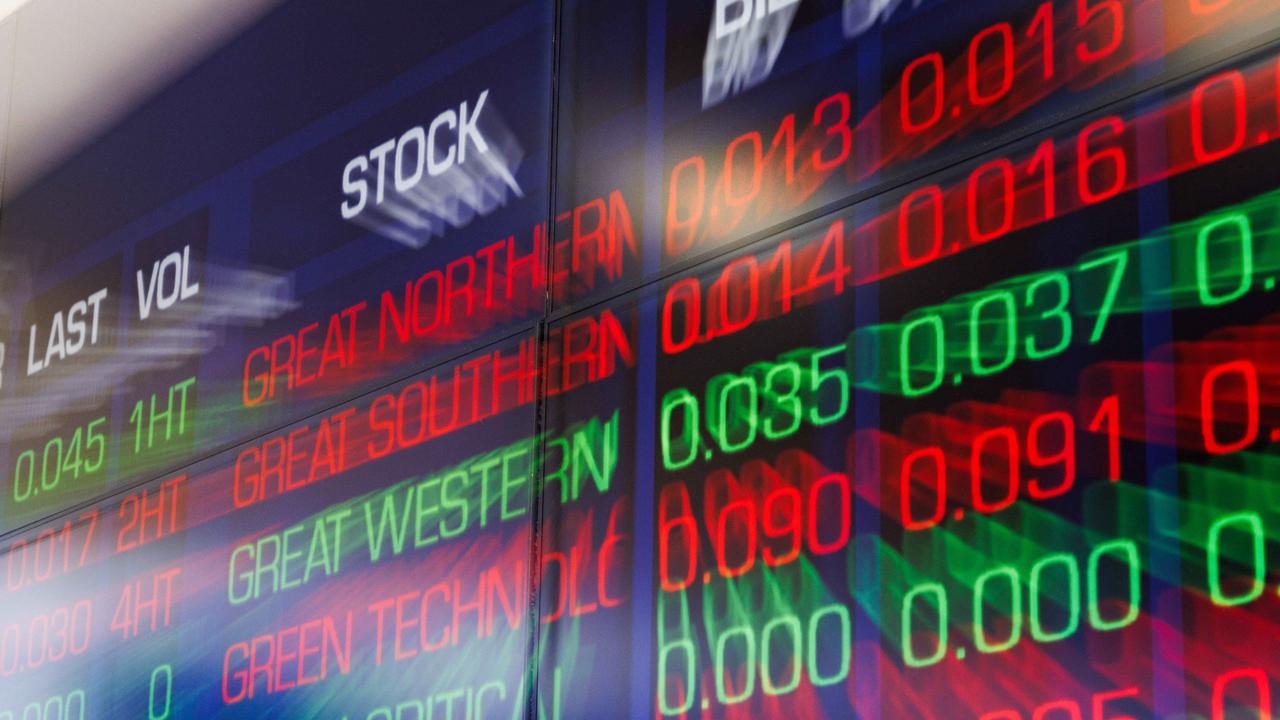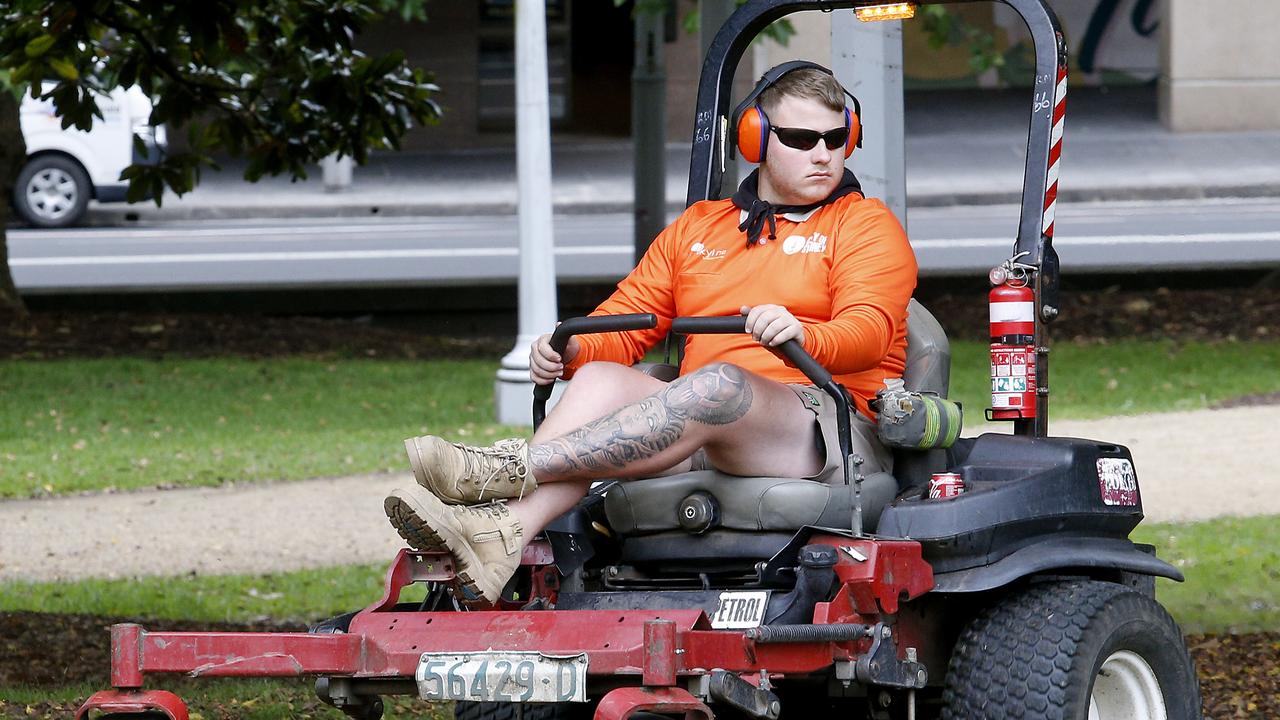Retail spending rises as sector benefits from Taylor Swift lift
With 600,000 concertgoers flocking to seven sold-out Taylor Swift shows in Sydney and Melbourne, statisticians noted an impact in spending on fashion and cafes.
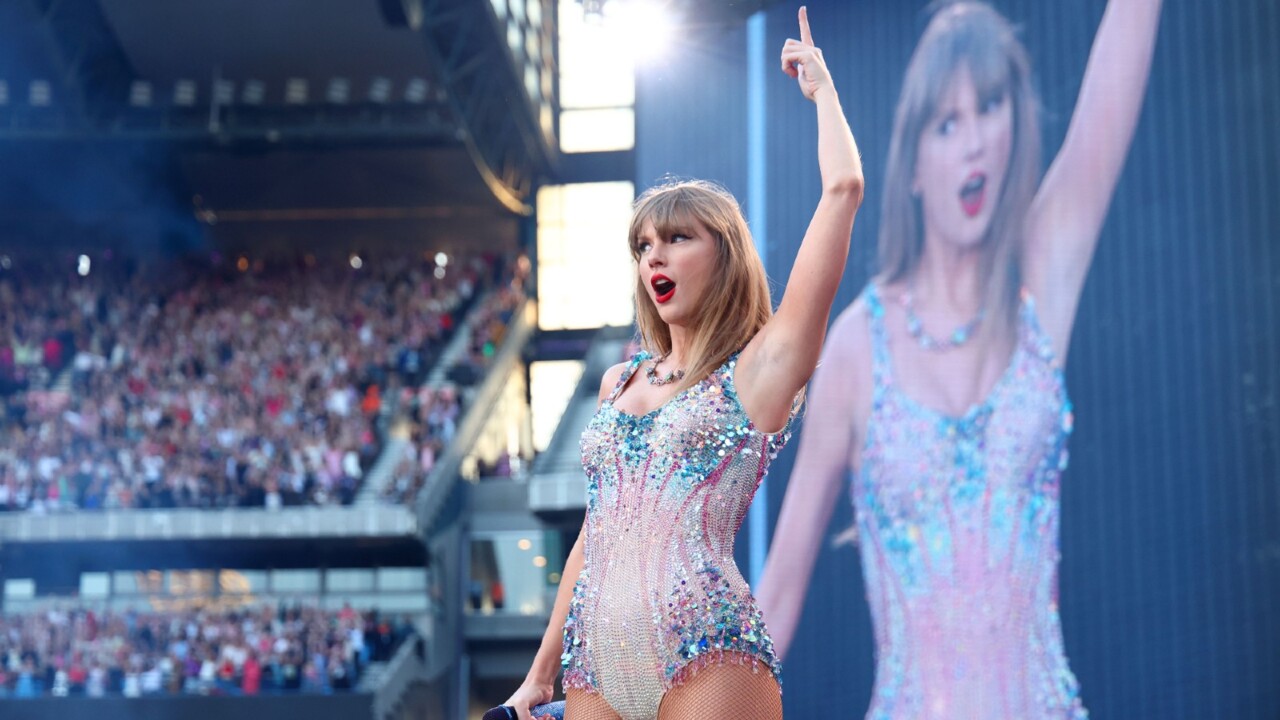
Business Breaking News
Don't miss out on the headlines from Business Breaking News. Followed categories will be added to My News.
Taylor Swift mania buoyed retail trade through February after the international pop megastar’s seven sold-out arena concerts in Melbourne and Sydney bolstered spending on eating out, clothing and merchandise.
Retail spending rose 0.3 per cent last month, the Australian Bureau of Statistics said on Thursday a slightly softer reading than the 0.4 per cent increase economists expected.
But when the effect of the Eras Tour was excluded, retail spending in underlying terms was very weak.
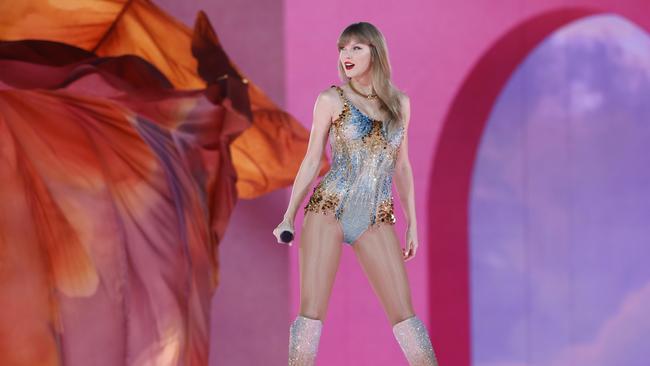
“Looking past the temporary and one-off impact of the Taylor Swift concerts, underlying growth in retail turnover was up only 0.1 per cent (in trend terms),” the ABS head of retail statistics Ben Dorber said.
“After a period of higher volatility from November through to January, underlying spending has stagnated.”
According to the seasonally adjusted figures, the monthly result brought annualised retail spending to 1.6 per cent for the year through to February.
With 600,000 concert goers buying big on Swift-themed outfits, friendship bracelets and other items, clothing, footwear and personal accessory retailing was the biggest beneficiary, jumping 4.2 per cent.
Spending in department stores also climbed 2.3 per cent across the month, while trade at cafes, restaurants and takeaway outlets was more muted, up 0.5 per cent.
Meanwhile, spending on household goods slipped 0.8 per cent, and food retailing edged 0.1 per cent lower.
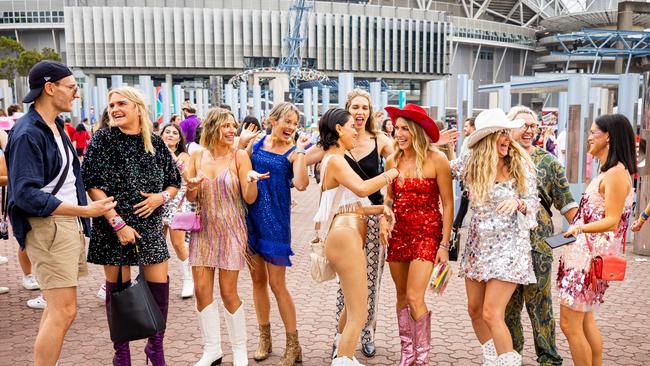
NSW and Victoria reported stronger increases in retail spending than the headline result, rising 0.6 per cent and 0.7 per cent, respectively, as an influx of interstate travellers splashed out.
Meanwhile, Queensland — which was snubbed by Swift — reported a 0.5 per cent fall in retail spending, while growth in Western Australia and South Australia remained subdued.
Aside from the one-off support from Swift’s tour, Commonwealth Bank economists said the volume of spending per person was “deeply negative”.
“With population growth approximately 2.5 per cent and inflation sitting at approximately 3.5 per cent, it continues to highlight that real per capita spending is in negative territory,” CBA economist Belinda Allen said.
Originally published as Retail spending rises as sector benefits from Taylor Swift lift

